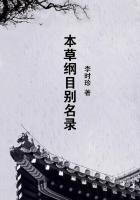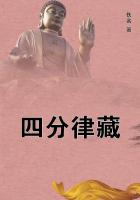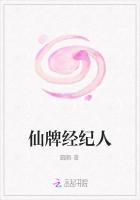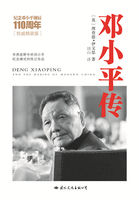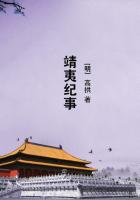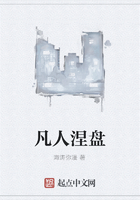But there is this difference: It can remain longer in the money-form than in the transitory form of commodities. It does not cease to be money, if it does not perform the functions of money-capital; but it does cease to be a commodity, or a use-value in general, if it is delayed too long in the exercise of its function of commodity-capital. Furthermore, in its money-form it is capable of assuming another form in the place of its original one of productive capital while it cannot budge at all if held in the form of C'.
C'---M'---C includes acts of circulation only for C' in accordance with its form, acts which are phrases of its reproduction; but the real reproduction of C, into which C' transforms itself, is necessary for the performance of C'---M'---C. This however is conditioned on processes of reproduction which lie outside of the process of reproduction of the individual capital represented by C'.
In Form I the act M---C< L MP prepares on the first transformation of money-capital into productive capital; in Form II it prepares the retransformation from commodity-capital into productive capital; that is to say, so far as the investment of industrial capital remains the same, retransformation of the commodity-capital into the same elements of production as those from which it originated. Consequently here as well as in Form I, the act appears as a preparatory phase of the process of production, but as a return to it, as a renewal of it, hence as a precursor of the process of reproduction, hence also of a repetition of the process of self-expansion of value.
It must be noted once more that M---L is not a simple exchange of commodities but the purchase of a commodity, L, which is to serve for the production of surplus-value, just as M---MP is only a procedure which is materially indispensable for the attainment of this end.
With the completion of M---C< L MP M is reconverted into productive capital, into P, and the circuit begins anew.
The expanded form of P ... C'---M'---C ... P is therefore:
C | --- | M | --- C< L MP ... P
P ... C' | +
+
c | --- | m | --- c The transformation of money-capital into productive capital is the purchase of commodities for the production of commodities. Consumption falls within the circuit of capital itself only in so far as it is productive consumption;its premise is that surplus-value is produced by means of the commodities so consumed. And this is something very different from production and even commodity production, which has for its end the existence of the producer.
A replacement -- commodity by commodity -- thus contingent on the production of surplus-value is quite a different matter from the bare exchange of products brought about merely by means of money. But the economists take this matter as proof that no overproduction is possible.
Apart from the productive consumption of M, which is transformed into L and MP, the circuit contains the first member M---L, which signifies, from the standpoint of the labourer, L---M, which equals C---M. In the labourer's circulation, L---M---C, which includes his consumption, only the first member falls within the circuit of the capital as a result of M---L. The second act, M---C, does not fall within the circulation of individual capital, although it springs from it. But the continuous existence of the working class is necessary for the capitalist class, and so is therefore the consumption of the labourer made possible by M---C.
The only condition which the act C'---M' stipulates for capital-value to continue its circuit and for surplus-value to be consumed by the capitalist is that C' shall have been converted into money, shall have been sold.
Of course, C' is bought only because the article is a use-value, hence serviceable for consumption of any kind, productive or individual. But if C' continues to circulate for instance in the hands of the merchant who bought the yarn, this at first does not in the least affect the continuation of the circuit of the individual capital which produced the yarn and sold it to the merchant. The entire process continues and with it the individual consumption of the capitalist and the labourer made necessary by it. This point is important in a discussion of crises.
For as soon as C' has been sold, been converted into money, it can be reconverted into the real factors of the labour process, and thus of the reproductive process. Whether C' is bought by the ultimate consumer or by a merchant for resale does not affect the case. The quantity of commodities created in masses by capitalist production depends on the scale of production and on the need for constantly expanding this production, and not on a predestined circle of supply and demand, on wants that have to be satisfied.




